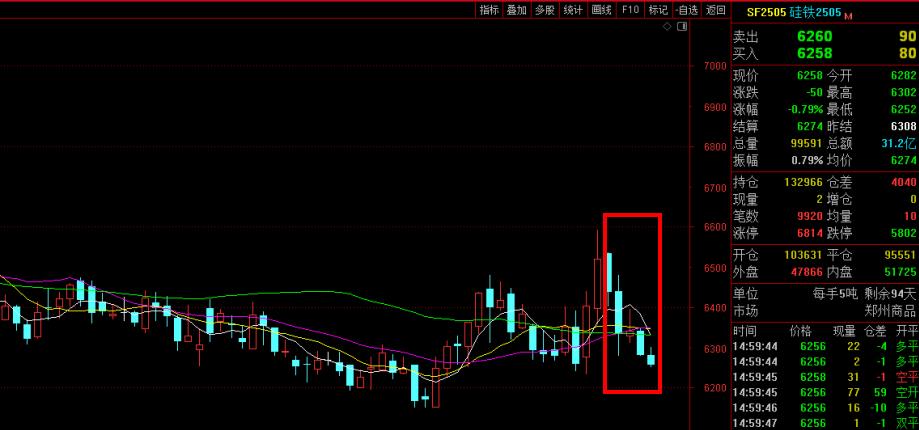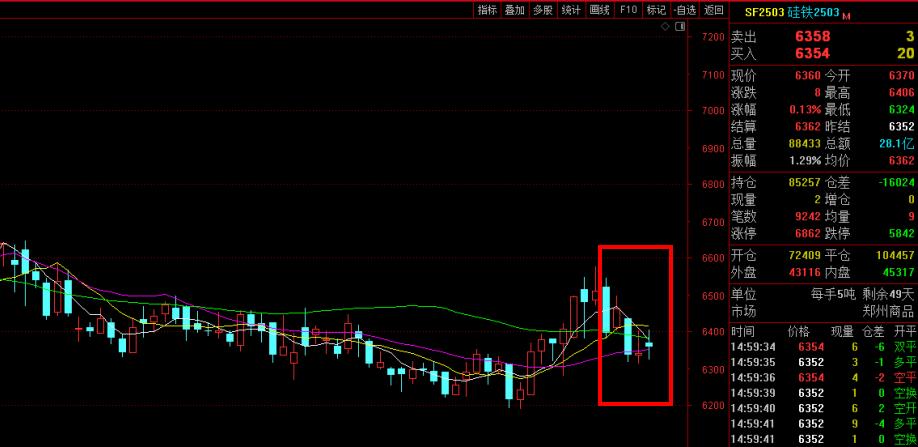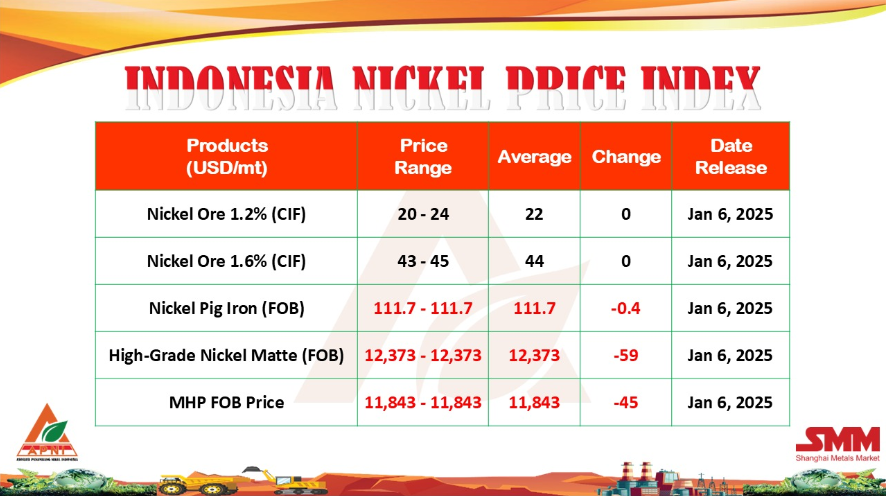[Ferro-Alloys.com] Fuel-saving laws and Donald Trump might bring the expensive material into your mainstream Corolla. Toyota, a company that leads the game in hybridization, is notoriously squeamish when it comes to mainstream fuel-saving measures. It’s investing heavily into hydrogen fuel cell technology and has made leaps and bounds with hybrid technology through experience moving high quantities of dual power plant variations of its cars, but seems averse to turbocharging and full electrification. Harsher fuel economy standards be dammed, though, because Toyota is still looking for non-mainstream ways to save fuel.
Automotive News is now reporting that the Japanese automaker is planning to extend its forced induction sabbatical and will look towards aluminum bodies to save fuel instead. During a briefing last week, CEO of Toyota Motor North America Jim Lentz told reporters that offering lightweight aluminum bodies in addition to powertrain modifications may be the strategy the automaker uses to comply with upcoming emissions standards. “We have to look at many different ways to improve fuel economy,” Lentz said. “So, obviously, we will be looking at more and more ways to use lightweight materials like aluminum in future products.”
This indicates that the need for compliance has gotten dire enough that the expensive alternative to stamped steel body panels may now be a must for vehicles with lower profit margins than trucks and SUVs like the Ford F-150 and Expedition, which typically have offered automakers enough of a financial cushion to make additional investments in expensive materials without losing money on each vehicle sold. To successfully make the transition, Toyota must first assess the costs and benefits of using the material over steel, requiring an analysis on the investments associated with forging hoods, doors, or other body panels out of aluminum, the gains and losses in structural integrity, and paint compatibility.
After enduring that labor, Toyota must then research ways to increase the reliability of the metal and change the production process to accommodate the lightweight material. Thing is, Toyota’s motivation isn’t entirely based on saving fuel. Thanks to indications that a Trump White House could add tariffs on imports that use steel and other base materials from abroad, Toyota is currently in a crunch. With low profits, US steel and aluminum mills have no incentive to invest in the technology to develop higher grades of the materials that Toyota will soon demand. These are the same grades that Toyota is currently working with Japanese producers to make.
If the automaker ends up using Japanese steel and aluminum, it could be subject to additional taxes from the US government. Toyota is attempting to work with US producers to upgrade the quality of the materials available locally, but until that happens it may need to pay additional import taxes unless the automaker can get an exemption waiver. Hopefully the situation gets sorted soon because we wouldn’t mind our upcoming Supra to feature an weight-saving aluminum shell, especially when a heavy hybrid system will be what powers those high G maneuvers.
**Article from Internet for reference only
- [Editor:tianyawei]



 Save
Save Print
Print Daily News
Daily News Research
Research Magazine
Magazine Company Database
Company Database Customized Database
Customized Database Conferences
Conferences Advertisement
Advertisement Trade
Trade














 Online inquiry
Online inquiry Contact
Contact

Tell Us What You Think